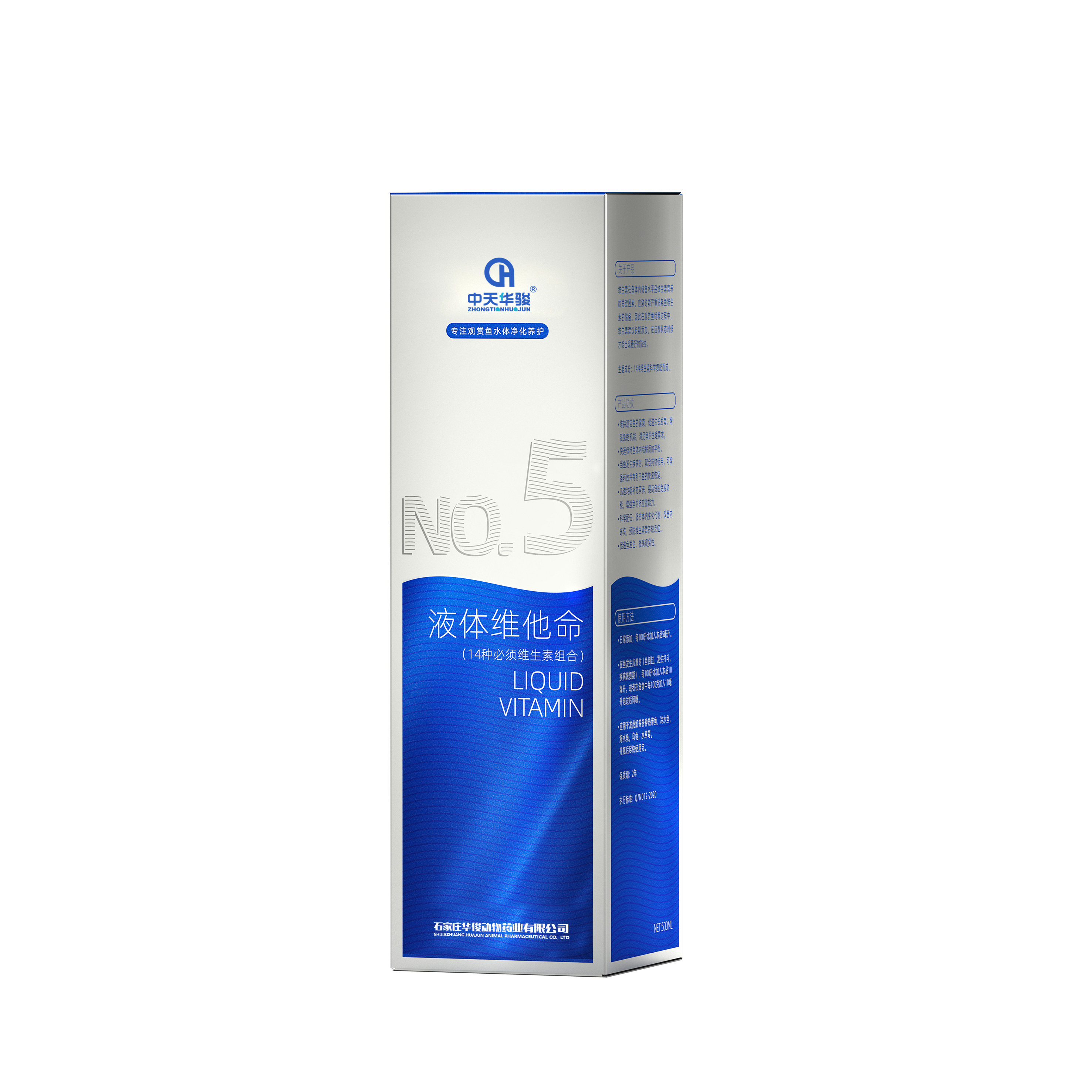
Oct . 21, 2024 14:34 Back to list
florfenicol antibiotic manufacturer
Florfenicol Antibiotic A Fast-Growing Segment in Veterinary Medicine
Florfenicol is a broad-spectrum antibiotic extensively used in veterinary medicine. It is particularly effective against a variety of bacteria that cause infections in livestock and aquaculture. As a synthetic analog of chloramphenicol, florfenicol has seen increased utilization due to its efficacy, low toxicity, and favorable pharmacokinetic properties. Manufacturers of this antibiotic are responding to the rising demand, driven by the need for effective treatments in animal husbandry.
Developed mainly for use in cattle, pigs, and poultry, florfenicol plays a crucial role in managing respiratory diseases, gastrointestinal infections, and other bacterial ailments. Its mechanism of action involves inhibiting bacterial protein synthesis, thereby stopping the growth of pathogens. This unique mode of action allows florfenicol to target a range of bacteria, including those resistant to other antibiotics, making it a valuable tool for veterinarians.
Florfenicol Antibiotic A Fast-Growing Segment in Veterinary Medicine
The global florfenicol market has witnessed exponential growth, fueled by factors such as increasing livestock production, rising awareness of animal health, and the ongoing push for sustainable farming practices. As animal protein consumption rises with the growing global population, the demand for effective veterinary antibiotics, such as florfenicol, continues to escalate.
florfenicol antibiotic manufacturer

A significant concern in the antibiotic market is the rise of antimicrobial resistance (AMR). Florfenicol is particularly important in this context as it has shown a lower propensity for resistance development compared to traditional antibiotics. However, responsible usage is paramount to maintaining its efficacy. Manufacturers play a crucial role by promoting education and guidelines for the judicious use of florfenicol, ensuring it remains an effective option for treating bacterial infections.
In terms of regulation, florfenicol must meet stringent safety and quality standards set by authorities in various countries. Manufacturers are tasked with adhering to rigorous quality control measures to ensure the production of high-grade formulations that are safe for both animals and humans. This regulatory framework promotes trust and safety in the use of florfenicol in food-producing animals, safeguarding public health.
Innovative research and development are ongoing in the florfenicol space, exploring potential new formulations, delivery systems, and combinations with other therapeutics. Such advancements aim to enhance its effectiveness and broaden its applications in veterinary medicine.
In conclusion, florfenicol represents a vital component of modern veterinary antibiotics. As the market continues to expand, manufacturers are challenged to keep pace with technological advancements and evolving regulations while emphasizing responsible use. With the right balance, florfenicol can remain a cornerstone in the fight against bacterial infections in animals, supporting the health and productivity of livestock worldwide.
-
Premium Honeysuckle Products - Leading Honeysuckle Manufacturer & Supplier Factory
NewsJun.10,2025
-
Pulmonary Edema Solutions from Leading Manufacturer & Supplier Reliable Factory Price
NewsJun.10,2025
-
Red Eyes - Leading Red Eyes Manufacturer & Supplier, Premium Quality Factory Price
NewsJun.10,2025
-
Broiler Ascites Syndrome Solutions Top Manufacturers
NewsJun.10,2025
-
Premium Amoxicillin Suppliers Reliable Biomox Mexican Factories
NewsJun.10,2025
-
Top Brewing Cell Wall Solutions Optimized Efficiency
NewsJun.09,2025




